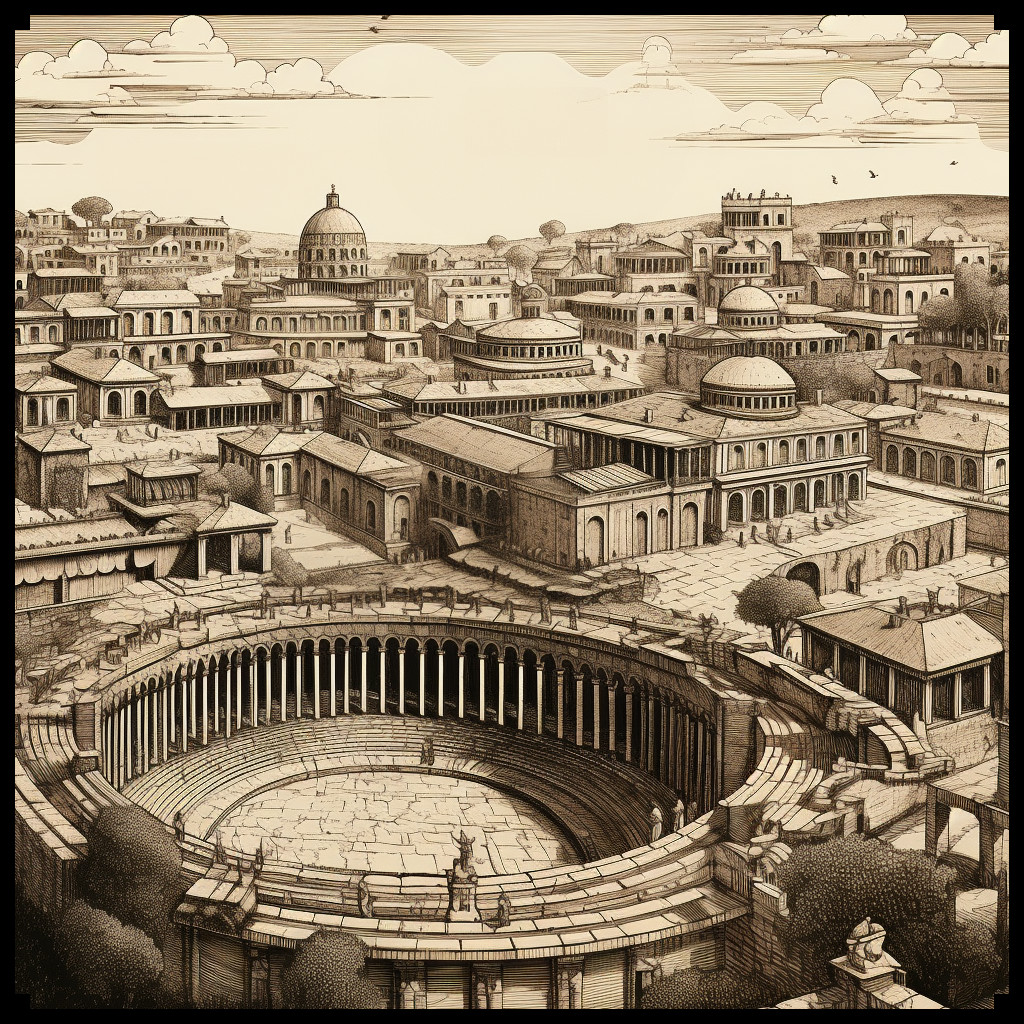
In the vast realm of fantasy and ancient cartography, mazes and labyrinths have played a captivating role, transcending mere navigational tools to become symbols of mystery, challenge, and intricate design. The Mazes & Labyrinths Vintage Assets Megapack promises to bring these captivating elements to life in the realm of fantasy mapping, drawing inspiration from the rich history of real-world maps and fictional landscapes.
BUY AND DOWNLOAD The Mazes & Labyrinths Vintage Assets Megapack :
I. The Historical Tapestry of Mazes and Labyrinths
A. Ancient Maps:
Ancient civilizations, such as the Greeks, Romans, and Egyptians, often incorporated mazes and labyrinths into their cartographic representations. One notable example is the Cretan Labyrinth, a mythical construct associated with the Minotaur. The symbolism of these structures extended beyond mere physical spaces, representing spiritual journeys and the complexities of life.
B. Hedge Mazes and Garden Mazes:
Hedge mazes, prevalent in European gardens since the Renaissance, found their way into both real and imaginary landscapes. The Mazes & Labyrinths Vintage Assets Megapack draws inspiration from the intricate patterns of historical garden mazes, reflecting the elegance and sophistication of bygone eras.
C. Stone Mazes and Ruins Mazes:
The fascination with stone mazes and ruins in maps can be traced to medieval and Renaissance periods. Real-world examples, such as the Chartres Cathedral labyrinth in France, showcased intricate stone designs that served both spiritual and functional purposes. The megapack captures this essence, offering a diverse range of stone mazes and ruins that add a touch of antiquity to fantasy maps.
II. The Megapack: A Glimpse into Fantasy Cartography
The Mazes & Labyrinths Vintage Assets Megapack boasts an array of elements designed to evoke the charm of antique maps. From town mazes and city mazes to rocky mazes and mage’s mazes, the pack seamlessly blends fantasy elements with historical aesthetics, offering cartographers a treasure trove of assets to create immersive and visually stunning maps.
A. Decorative Trees and Monoliths:
Beyond mazes, the megapack includes decorative trees and monoliths, enhancing the overall atmosphere of fantasy maps. These elements not only serve as visual embellishments but also reflect the diverse landscapes found in both historical and fantastical settings.
B. Cultural Significance:
Mazes and labyrinths have long held cultural significance, representing challenges, quests, and the journey of self-discovery. The megapack allows creators to infuse these cultural elements into their fantasy worlds, providing a canvas for storytelling and exploration.
C. Utilitarian and Decorative Aspects:
In both historical and fantasy maps, mazes served utilitarian purposes, guiding travelers or symbolizing a sacred journey. The megapack acknowledges this dual role, offering assets that blend functionality with the ornate, creating maps that are both practical and visually appealing.
Conclusion
The Mazes & Labyrinths Vintage Assets Megapack breathes life into fantasy cartography, drawing inspiration from the rich history of mazes and labyrinths in both real-world maps and imaginative tales. By seamlessly blending utility, cultural symbolism, and decorative elements, this megapack invites creators to embark on a journey through time and fantasy, where every twist and turn tells a story of mystery and adventure.










